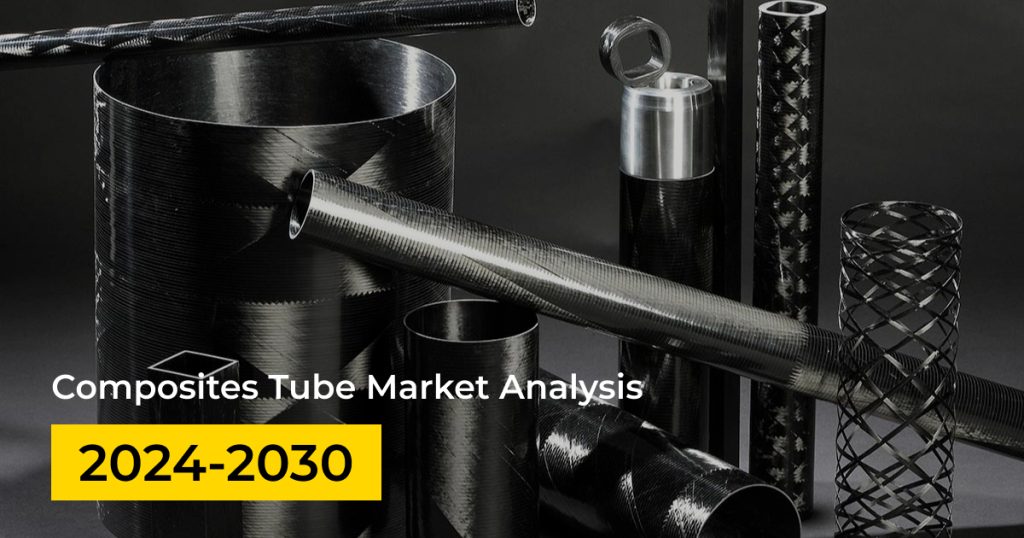Composites tubes, also known as FRP tubes or fiber-reinforced plastic tubes, have gained significant traction in various industries due to their exceptional strength-to-weight ratio, corrosion resistance, and versatility. These tubes are typically fabricated using a matrix material (such as resin) reinforced with fibers (like carbon, glass, or aramid).
This comprehensive guide aims to delve into the intricacies of the composites tube market, exploring current trends, future forecasts, competitive dynamics, and the potential it holds for the years to come.
Market Trends
- Rising Demand from Aerospace and Defense: The aerospace and defense sectors have been driving the demand for composites tubes, particularly carbon fiber tubes, owing to their lightweight properties, high stiffness, and excellent fatigue resistance.
- Growing Applications in Renewable Energy: The renewable energy industry, especially wind energy, is increasingly adopting composites tubes for turbine blades and structural components due to their durability and ability to withstand harsh environmental conditions.
- Advancements in Manufacturing Technologies: Continuous advancements in manufacturing processes, such as resin transfer molding (RTM) and filament winding, have enabled the production of high-quality composites tubes at competitive costs.
- Focus on Sustainability: The growing emphasis on sustainability is driving the development of bio-based composites tubes, which offer a more environmentally friendly alternative to traditional materials.
Market Forecast
According to a recent industry report by Lucintel “The Indian composites market is expected to reach an estimated $3 billion by 2030 with a CAGR of 7% from 2023 to 2030.” This growth is primarily driven by the increasing demand for lightweight, high-strength materials across various industries, including automotive, aerospace, wind energy, and construction.
Key Trends:
- Rising demand for electric vehicles: The growing adoption of electric vehicles in India is expected to fuel the demand for composites tubes in components such as battery enclosures, drive shafts, and structural elements.
- Expanding aerospace industry: The Indian aerospace industry is witnessing significant growth, driven by government initiatives and investments. This expansion is expected to boost the demand for composites tubes in aircraft manufacturing.
- Renewable energy sector: The increasing focus on renewable energy sources, particularly wind power, is driving the demand for composites tubes in turbine blades and towers.
- Infrastructure development: The Indian government’s infrastructure development plans, including the National Infrastructure Investment Fund (NIIF), are expected to create opportunities for the composites tubes market in construction applications.
Challenges and Considerations:
- The cost of carbon fiber and other high-performance fibers can be a limiting factor for some applications.
- Ensuring a reliable and consistent supply of raw materials can be challenging, especially for niche applications.
- Adherence to industry standards and regulations is crucial for ensuring the quality and safety of composites tubes.
Conclusion:
The Indian composites tubes market is poised for significant growth in the coming years, driven by a combination of favorable government policies, technological advancements, and increasing industrialization. By addressing the challenges and capitalizing on the opportunities, Indian manufacturers can play a pivotal role in meeting the growing demand for high-performance composites tubes both domestically and globally.
Hindustan Engineers is a leading provider of high-quality composites tubes. Our products are designed to meet the demanding requirements of various industries. Contact us today to discuss your specific needs and explore our range of composites tube solutions.

